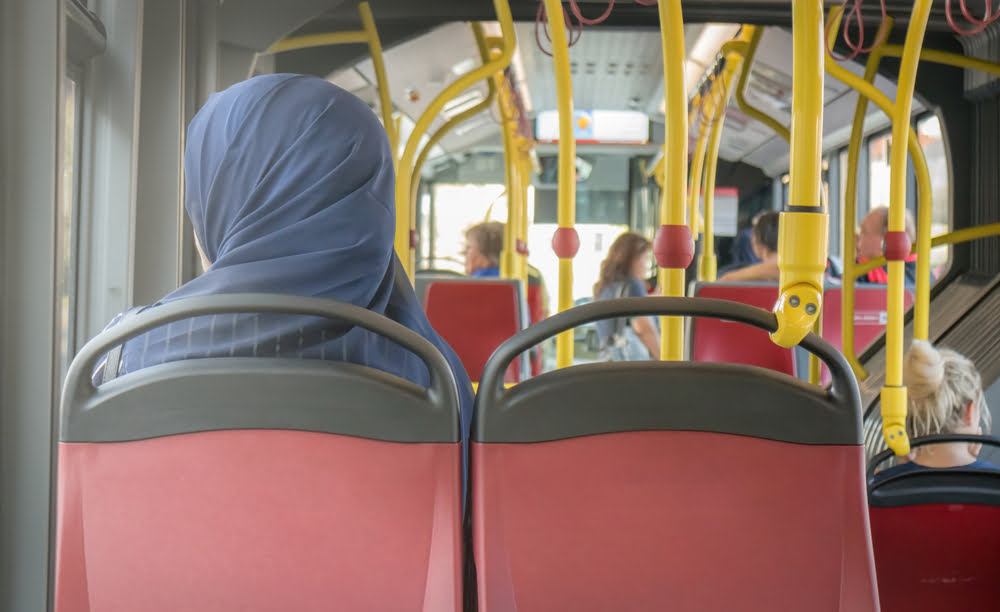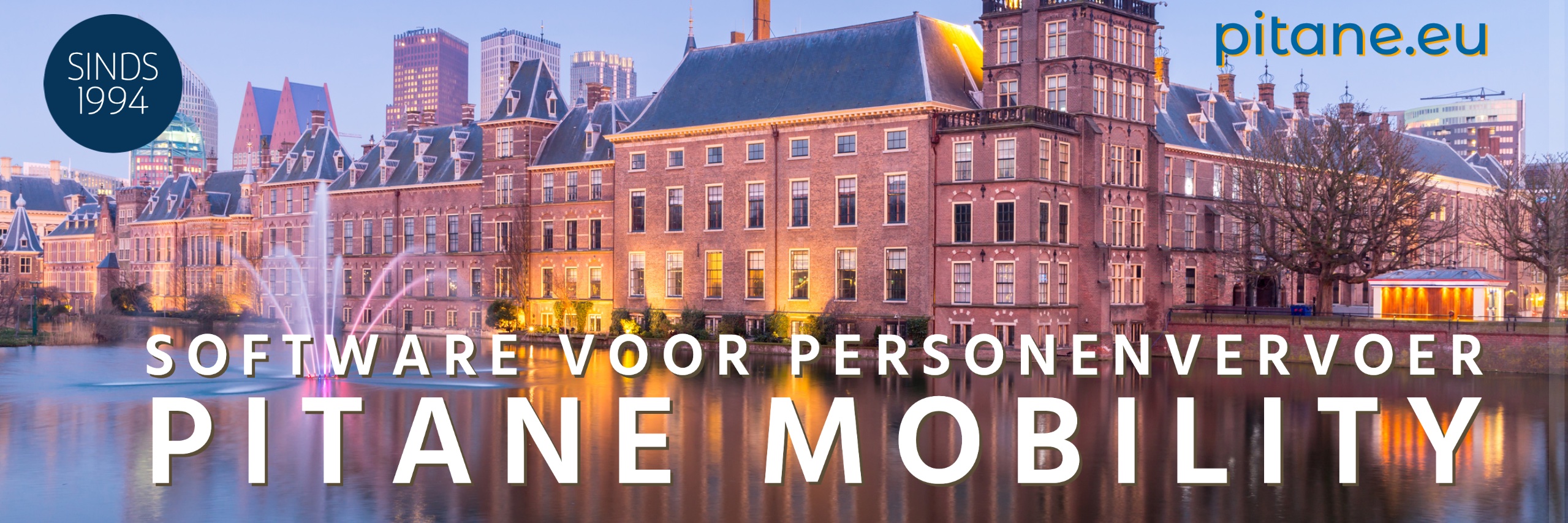In addition to a fast public transport line, additional investments are being made in sustainable and clean forms of mobility in Binckhorst, Voorburg-West and Rijswijk.
Good news for accessibility and housing in The Hague. The Municipal Executive has approved the arrival of a fast and high-quality public transport connection across the Binckhorst, plus an additional package of mobility measures for this area. The connection runs from The Hague Central Station over the Binckhorst in the direction of Rijswijk and Voorburg. This will soon enable the construction of at least 35.000 homes in these areas. Last November it was already announced that the Cabinet, the municipality of The Hague and regional partners are jointly investing an amount of almost 600 million euros in the tram connection.
The new public transport connection runs via the Binckhorstlaan and Maanweg to Voorburg station and from the Binckhorstlaan via the Prinses Mariannelaan and the Geestbrugweg towards Rijswijk and Delft. Alderman Robert van Asten (Urban Development) sees this as a major step for the accessibility of the region.
”We want to add at least 25.000 new homes and 30.000 to 35.000 new jobs in the CID and Binckhorst. These areas are the economic heart of the Hague region with great national importance. With this decision, together with the regional partners MRDH and the municipality of Leidschendam-Voorburg, the municipality of Rijswijk and the province of South Holland, we are taking a wonderful step towards the construction of regional public transport and thus the development of the region."
Alderman Robert van Asten.
Space for pedestrians, bicycles and partial transport
In addition to a fast public transport line, additional investments are being made in sustainable and clean forms of mobility in Binckhorst, Voorburg-West and Rijswijk. This creates more space in the city for living, working and staying and improves the quality of life. This package is aimed at improving the infrastructure for cyclists and pedestrians, measures to limit the number of car movements and measures to increase the quality of life, safety and traffic flow in streets. These include measures for the refurbishment and integration of the high-quality public transport line in Lekstraat, Binckhorstlaan in Voorburg, Prinses Mariannelaan and Geestbrugweg.

“On the Binckhorst we are creating a car-free city district in which walking, cycling and public transport are central. High-quality public transport is an absolute prerequisite here, because our city and region are growing. I am therefore very pleased that, together with the national government and the region, we are investing a substantial amount in the combination of housing and better accessibility of our region.”
Alderman Robert van Asten.
Participation
In recent years, extensive discussions have been held with residents, businesses and visitors to the area about the exploration of the tram line across the Binckhorst. The first talks started in 2020, after which a platform for residents and stakeholders was set up in 2021. Last month, three information evenings were organized in the new information center Binckhorst. On these evenings, entrepreneurs, residents and interested parties were once again included in the plans and were able to ask their questions.
Background and process
At the end of 2018, the MIRT exploration of regional accessibility at CID-Binckhorst was launched as part of the regional area-oriented accessibility program MoVe. This exploratory study investigated which form of high-quality public transport (HOV) can be used to make the Binckhorst easily accessible. In addition, a package of mobility measures for the accessibility of the Binckhorst was examined, aimed at pedestrians, bicycles and shared mobility. The exploration was commissioned by the Municipality of The Hague, the Ministries of Infrastructure and Water Management and the Interior, the Province of South Holland, the Metropolitan Region of Rotterdam The Hague and the Municipality of Leidschendam-Voorburg. The municipality of Rijswijk has been involved in the exploration since 2021 and will also become the client in the next phase with the signing of the administrative agreement. In the BO MIRT of November 2022, agreements were made between the initiating parties about the financing of the proposed Preferred Alternative, in other words: the public transport line and the preferred means of transport.
The preferred alternative has now been established by the relevant colleges of The Hague, Leidschendam-Voorburg and Rijswijk. The plans will be discussed before the summer by the municipal councils of these municipalities. If approved by the municipal councils, the plans will be further elaborated in the coming years, together with residents, entrepreneurs and other stakeholders, according to the municipality of The Hague.



